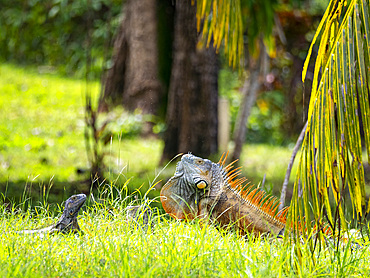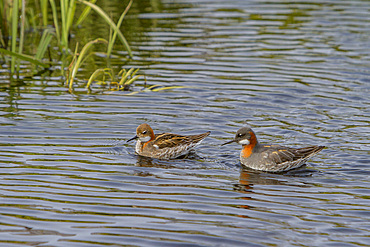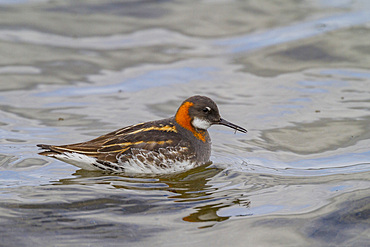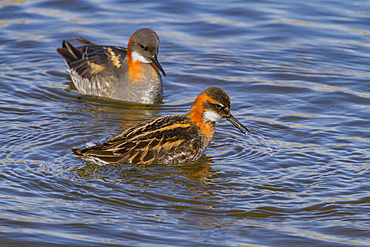Results
12 results found
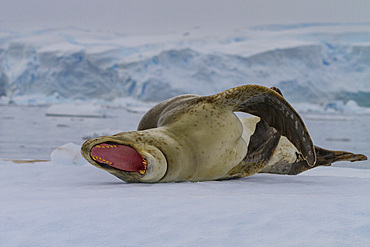
Adult male leopard seal (Hydrurga leptonyx) hauled out on ice in the Gullet near the Antarctic Peninsula, Antarctica, Polar Regions
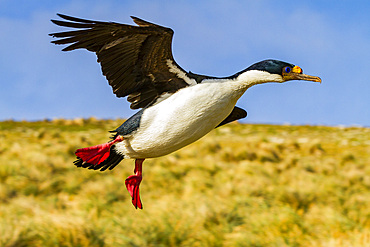
Adult Imperial Shag (Phalacrocorax (atriceps) atriceps) exhibiting intense breeding plumage, New Island, Falkland Islands
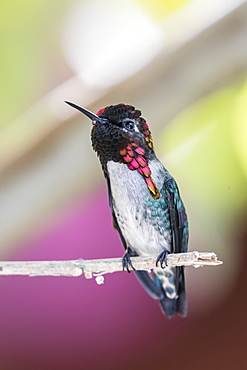
A wild adult male bee hummingbird (Mellisuga helenae), displaying vivid coloration near Playa Larga, Cuba, West Indies, Caribbean, Central America
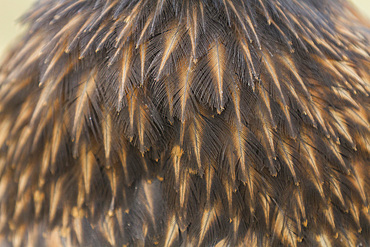
Striated caracara (Phalcoboenus australis) feather detail, on Carcass Island in the Falkland Islands, South Atlantic Ocean, South America
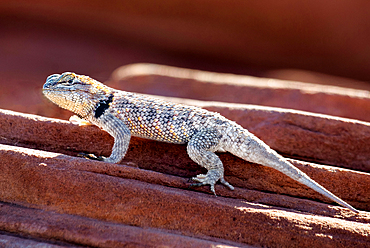
Desert Spiny Lizard (Sceloporus magister) in Sand Hollow State Park near St. George, Utah, United States of America

Lava lizard (Microlophus spp) in the Galapagos Island Archipelago, UNESCO World Heritage Site, Ecuador, South America
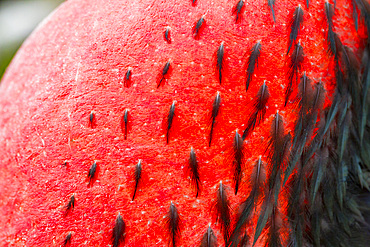
Male Great frigatebird (Fregata minor) in breeding plumage with red gular pouch, on North Seymour Island, Galapagos Islands, UNESCO World Heritage Site, Ecaudor, South America

Southern Giant Petrel (Macronectes giganteus) on the water around the Antarctic Peninsula. Note the light coloration of the plumage of this animal.

First winter coloration Bonaparte's gull (Larus philadelphia) in flight over the calm waters of Fresh Water Bay on Chichagof Island in Southeastern Alaska, USA. Pacific Ocean.

First winter coloration Bonaparte's gull (Larus philadelphia) in flight over the calm waters of Fresh Water Bay on Chichagof Island in Southeastern Alaska, USA. Pacific Ocean.
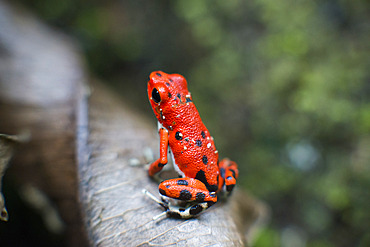
Strawberry Poison Frog (Dendrobates pumilio), adult, Bastimentos National Park, Bocas del Toro, Panama. The strawberry poison frog or strawberry poison-dart frog (Oophaga pumilio or Dendrobates pumilio) is a species of small amphibian poison dart frog found in Central America. It is common throughout its range, which extends from eastern central Nicaragua through Costa Rica and northwestern Panama. The species is often found in humid lowlands and premontane forest, but large populations are also found in disturbed areas such as plantations. The strawberry poison frog is perhaps most famous for its widespread variation in coloration, comprising approximately 15���30 color morphs, most of which are presumed to be true-breeding. O. pumilio, while not the most poisonous of the dendrobatids, is the most toxic member of its genus. The species is most diverse in Panama with varieties in vivid shades of all red, orange, blue, yellow or green, green and yellow, white with red, orange or black and spotted varieties. The most colorful mix is found in Isla Bastimentos Marine National Park though not all in one place. Colors vary by location. A beach on the north side of the island is named after the species. Two of Southern Explorations' Panama tours visit red frog habitat. Both the eight-day Panama Adventure trip and eleven-day Panama Highlights trip spend time in Isla Bastimentos Marine National Park and the former also goes to Red Frog Beach.
The red frog is not as poisonous as some of its cousins and is not a threat to humans. It subsists on a diet of ants that dine on poisonous plants, providing the red frog its protective skin toxin. Males attract females with a loud quick chirp. To hear the distinctive sound before you depart on your Panama tours, go to the University of Michigan Museum's biodiversity website (www.animaldiversity.ummz.umich.edu.) After birth, the tadpoles climb aboard the mother who deposits them in different protected areas where she retu
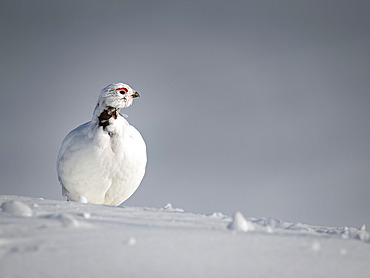
Close-up portrait of a male willow ptarmigan (Lagopus lagopus) showing early breeding colors in its neck and eye combs, surveying its high-country territory in Southcentral Alaska's Chugach Mountains on an April day. The head and neck will become completely chocolate-brown as the bird's breeding colors develop, Alaska, United States of America

